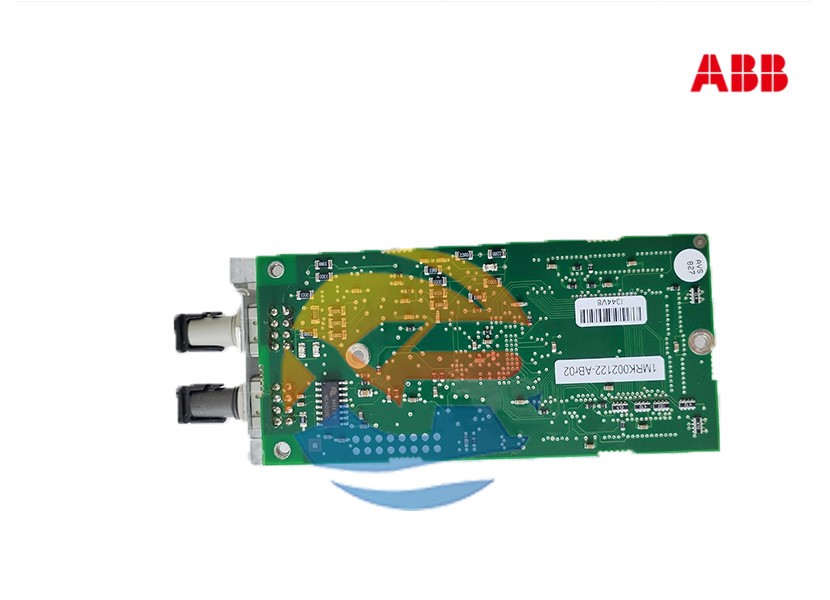For engineers and system integrators, selecting the right component involves a thorough understanding of its technical capabilities. The ABB 1MRK002122-ABR02 I/O module is a key player in control systems, and its value is defined by its precise technical specifications. This article provides a detailed look at the technical data of the 1MRK002122-ABR02 and offers insights into its successful integration within industrial automation architectures.

While always refer to the official ABB datasheet for the most current and project-critical details, the following specifications are typical for the 1MRK002122-ABR02 module.
| Specification Category | Details |
|---|---|
| Product Type | I/O Module (Communication Interface / Binary I/O) |
| Commonly Used With | ABB REC600 Series Relays, ABB 650 Series Protection Relays |
| Input Types | Digital/Binary Inputs (DI) for monitoring status signals. |
| Output Types | Digital/Binary Outputs (DO) for command and control functions. |
| Communication Protocols | Typically supports IEC 61850, IEC 60870-5-103, Modbus RTU, and DNP3 for versatile connectivity. |
| Power Supply | Dependent on the main relay unit (e.g., 24-48 V DC or 110-240 V AC/DC). |
| Environmental Ratings | Designed for operation in standard industrial temperature ranges (e.g., -25°C to +55°C / +70°C). |
| Standards Compliance | Conforms to relevant IEC, IEEE, and other international standards for quality and safety. |
Integrating the ABB 1MRK002122-ABR02 module correctly is crucial for optimal system performance.
Before installation, verify compatibility with the master device, typically an ABB protection relay or a PLC. Confirm the supported protocols match between the devices.
Select and configure the appropriate protocol (e.g., IEC 61850). This involves setting the IP address (for Ethernet-based protocols), defining the data model, and ensuring the System Configuration Description (SCD) file is correctly interpreted by the network engineer.
The support of protocols like IEC 61850 and Modbus is a significant advantage. It future-proofs your investment, allows for interoperability between devices from different vendors, and simplifies system expansion and maintenance.
The ABB 1MRK002122-ABR02 is a technically robust I/O module whose successful implementation hinges on a clear understanding of its specifications and a methodical approach to integration. By paying close attention to compatibility, configuration, and communication settings, engineers can leverage this module to build highly reliable and efficient automation systems.